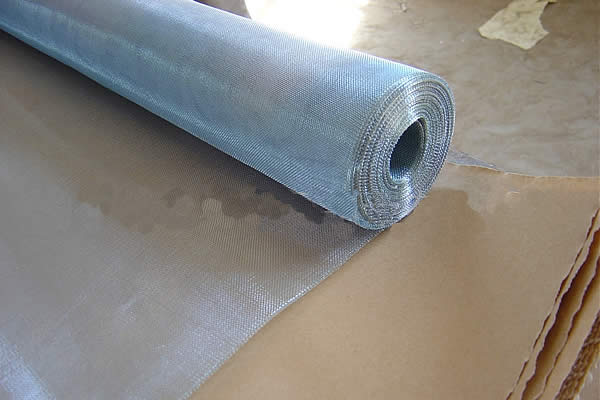 TEL:
+86-13102802206
TEL:
+86-13102802206
 Email:
fencenetting@china.com
Email:
fencenetting@china.com
 Language
Language
 TEL:
+86-13102802206
TEL:
+86-13102802206
 Email:
fencenetting@china.com
Email:
fencenetting@china.com
 Language
Language


The Aesthetic and Functional Appeal of Gabion Walls with Glass
In recent years, the integration of gabion walls with glass elements has emerged as a stunning architectural trend. Gabion walls, which are essentially wire mesh containers filled with rocks, stones, or other materials, have been utilized for centuries as effective solutions in landscape architecture, civil engineering, and environmental protection. When coupled with glass, the traditional gabion structure becomes a contemporary masterpiece that harmonizes functionality and aesthetics.
The Structure of Gabion Walls
At its core, a gabion wall is designed to provide stability and support in a variety of settings. These walls are often used for erosion control, retaining structures, and drainage systems. The porous nature of gabion walls allows for adequate water drainage, reducing the overall pressure on the structure and promoting natural vegetation growth. The use of durable wire mesh ensures that the integral materials remain securely in place, even under significant stress.
The Introduction of Glass
Integrating glass into gabion wall designs serves multiple purposes. Glass can provide visual interest and a modern touch while enhancing the functionality of the wall. When used creatively, glass elements can create stunning contrasts with the rugged textures of the stones. Designers can incorporate transparent glass panels or opaque glass blocks, allowing for unique light effects, shadow play, and even privacy.
One of the most striking features of glass in gabion applications is the way it interacts with natural light. Clear glass panels can transform a simple gabion structure into a radiant display of color and reflection. During the day, sunlight can illuminate the glass, creating an ever-changing visual spectacle as light refracts through the transparent medium. At night, strategically placed LED lights can shine through the glass, turning the gabion wall into a glowing landmark.

Combining Form and Function
Gabion walls with glass are not just visually appealing; they also serve practical purposes. In landscaping, these structures can form decorative barriers, seating areas, or focal points within gardens and parks. The transparency of glass allows for a seamless flow between indoor and outdoor spaces, making them ideal for patios, balconies, or even commercial settings.
From an ecological perspective, gabion walls are beneficial; they use natural materials and support local ecosystems. When combined with glass, these structures can also provide thermal benefits by allowing sunlight to warm adjacent indoor spaces, thus reducing heating costs in colder months.
Sustainability Considerations
The sustainability of gabion walls with glass is another appealing aspect. Since gabions are primarily made of natural materials, their environmental impact is relatively low. Furthermore, the use of recycled glass in these installations can elevate the sustainability quotient, promoting the use of repurposed materials in construction.
Conclusion
The fusion of gabion walls and glass represents a significant step in modern architectural design, marrying utility and beauty. As architects, landscape designers, and builders explore innovative ways to incorporate these materials, we can expect to see gabion walls with glass becoming more prevalent in urban and rural landscapes alike. These structures not only offer a practical solution for environmental challenges but also create stunning visual experiences that enhance our living and working environments. Whether used in commercial settings or residential backyards, gabion walls adorned with glass stand as a testament to the evolving nature of architecture, emphasizing that functionality and beauty can coexist harmoniously.